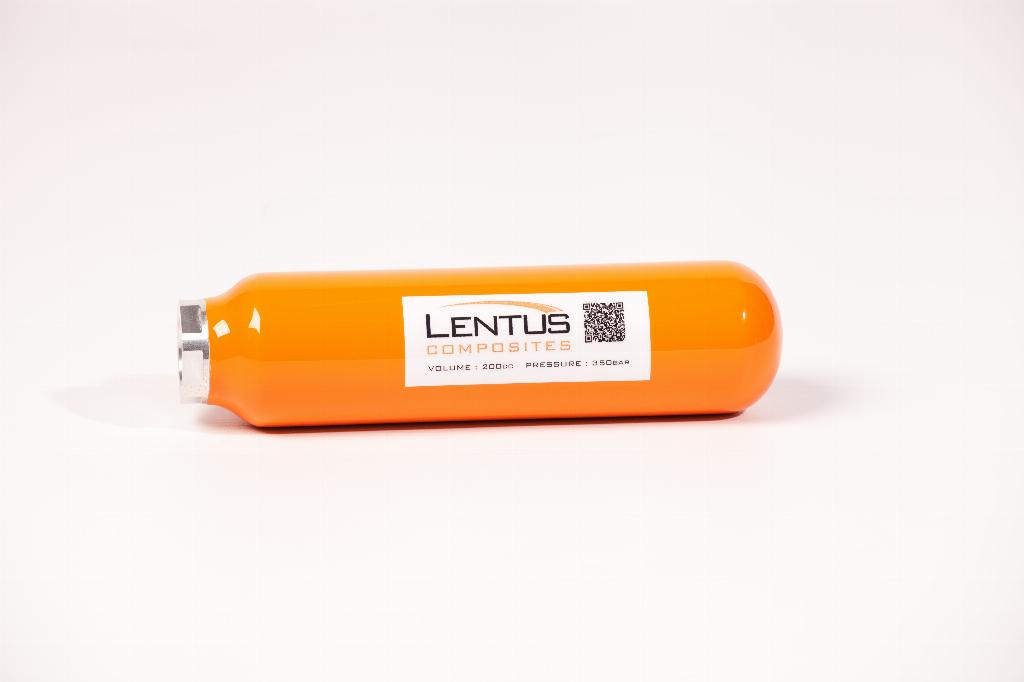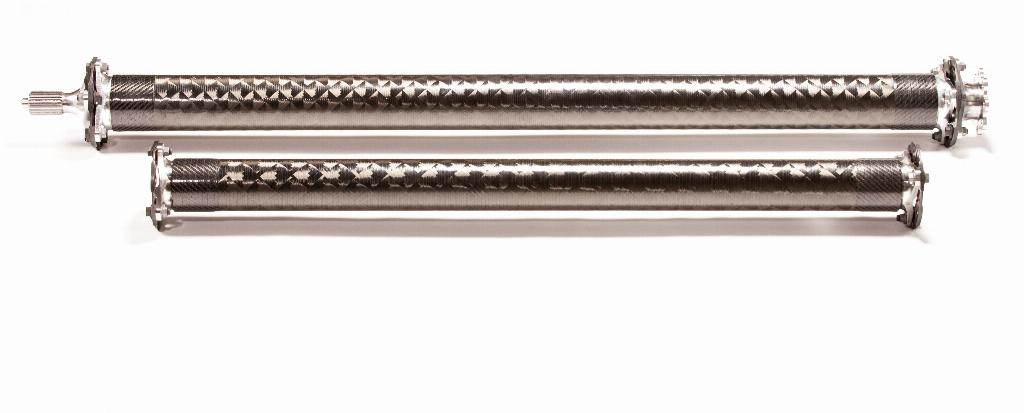The pace of change

Mike Richardson meets with Lentus Composites to hear how the company has built a portfolio of diverse manufacturing capabilities to suit the production demands of a whole variety of industries.
They say that variety is the spice of life, and this phrase holds true for the many technology companies plying their trade within the UK’s composites manufacturing industry. Indeed, the words ‘variety’ and ‘diversity’ are interchangeable, with many of the more switched-on companies choosing to service multiple industries rather than keeping all their eggs in one basket. These days, the economics of operating within an ever-changing industrial landscape are governed by each manufacturing sector’s unique and cyclical peaks and troughs.
One company already well-versed in satisfying these unique demands that often come with wildly variable production rates is Lentus Composites. As part of the Polar Technology Management Group, Lentus designs, produces prototypes and undertakes qualification testing to introduce parts into low or high volume production. Its mission is to create a composite manufacturing business that delivers a strong mix of rapid product development and delivery, alongside established industry qualified and stable manufacturing processes.
Company managing director, Simon Odling says Lentus’ wide-ranging engineering team and background means it can provide an entirely different approach: “We offer a whole range of production methodologies and engineering activities to support our customers’ needs. Whilst some companies are competent in composite laminate lay-up type activities and are moving into some of the more automated activities, we have a very strong background in the filament winding side of composite production as well as the more traditional autoclaved lay-up processes.
“We undertake the manufacture of many filament-wound components for the medical industry, as well as drive shafts for the automotive industry and some of the emerging aerospace applications with high-speed drive shaft-type components. However, we also offer lay-up activities and the 5-axis CNC machining of metals, composites and mould tools, in-house too. We provide a more vertically-integrated and diverse business than some of our competitors, which gives us the opportunity to combine our different technologies and do some really interesting things.
“Perhaps our biggest USPs are our design engineering capability, our manufacturing technology and the in-depth understanding of our processes. We build all our filament winding machines in-house, and possess an engineering team dedicated to equipment manufacturing and specification. This sets us apart from the wider marketplace and allows us to use some materials that can often give quite high variation in performance and really narrow down that tolerance band. It also allows us to specify and build our manufacturing technologies around the product. It means we don’t have the limitations sometimes associated with a certain material or manufacturing approach, because we tweak the process or apply the material in novel and unique ways. Through our customers’ requirements we can really meet expectations rather than building in some compromises around the manufacturing processes.”

Flexibility meets complexity
With the management team boasting many years of large project role experience within the aerospace industry, Lentus has transformed itself from a small, niche, low volume, high response business into one that is delivering components to many major aircraft platforms.
“I’ve seen the journey and understand it,” Odling continues. “For us it’s about maintaining the response time and speed of the operation and building in the processes required. The expectations of our aerospace customers are always very high, but our success comes from rapidly delivering those types of requirements where some aircraft programmes can often take many years to come to fruition.
“Some of the applications we’re now looking at have 5-6 month lead-times just to get going, where we’re either looking at retrofit applications or part-way through life-type programmes. I see this industry as challenging, but exciting too; it allows us to bring a wide diversity of people to our business. This cross-population of skills within the marketplace is important because we try to adopt a motorsport outlook and attitude when solving Lean and quality challenges. Stick to a slow-paced qualification-type environment and you can spend many months resolving one little problem, whereas if you push down that path with the attitude of a fast response, high technology business, then you can overcome these issues very quickly. It can be much more efficient and cost-effective doing it this way, as long as you’ve got the processes around it. It’s about having the diversity of people that see and relish the challenge in solving some of these problems.”
I’m interested to know how easy it is to manage the different production demands of these fairly disparate industries. Does working within the motorsport, medical and aerospace sectors require a three-speed approach?
“We tend to manage relatively parallel teams to perform these activities. Clearly, different people are suited to different types of activity. There are those people where motorsport rocks their world and they love the cut and thrust, and that it’s something different every week. Equally, there are those people that appreciate the long-term stable nature of the aerospace and the medical industries. It involves a series production, semi-automotive, semi-aerospace style delivery and manufacturing environment where we’re linked directly into the customers’ production system software.
“Every day we’ll check what’s been removed from the customer’s Kanban and we’ll replenish stocks again at 3pm. We kit, pack and manufacture to order on a daily basis. We already have a range of stable series, controlled methodologies which match aerospace industry expectations.”

The sky’s the limit
According to Odling, there’s no limit to Lentus’ aspirations for growth and the company wants to ensure it grows in a diverse range of markets to avoid being at the mercy of one particular market - and the demand cycles associated with it.
“We know that the aerospace market has its 7-9 year dips, peaks and platform changes, so we must ensure we protect ourselves,” he concludes. “Equally, the other markets we serve also have these peaks and troughs. Aerospace is a huge area where we’re targeting growth, but we’re nurturing our organic growth in the medical market too. The general growth in motorsport will continue apace and we have some novel and interesting techniques here that’s getting us noticed.
“We’ve achieved 100% growth year-on-year from day one. In a couple of years’ time we’re expecting to be operating a £12 million turnover and our 2025 vision will see us operating as a £20-£30m SME employing 300-350 people. We’re based on a site owned by Polar Technology Management Group who has now secured planning permission to develop a further 12 acres for Lentus. We plan to grow in a modular way within our site, without having to uproot everything and find a bigger facility in a few years’ time, so our path to success is a lot cleaner.”
In a manufacturing industry where everyone likes to think they are different, Lentus Composites’ diverse team of people and diverse production skills provide the change of pace to match the pace of change.






